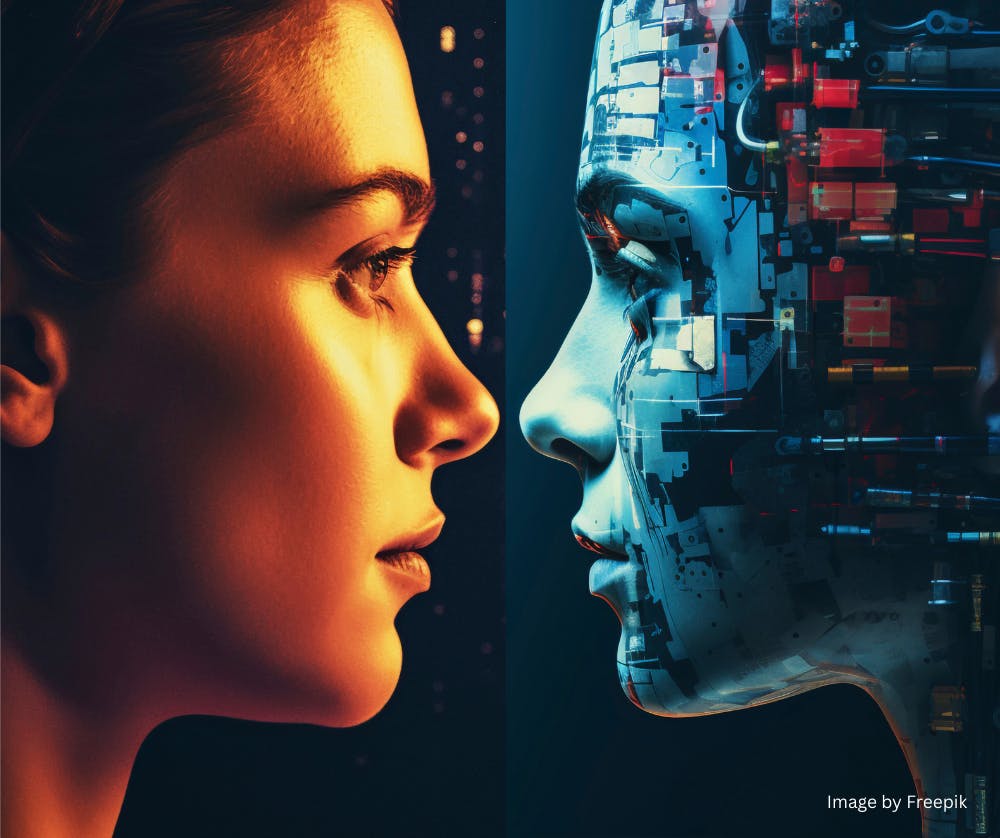AI systems are often fragile. When you change the model, everything breaks. That’s a problem many companies face, yet it’s rarely discussed openly.
The core issue is deceptively simple. AI systems are designed to be rigid and tightly coupled to specific models. When a new model comes along, the whole system falls apart.
Swapping large language models (LLMs) is not like changing a light bulb. It’s not as easy as plugging in something new and expecting everything to work.
The truth is, these transitions often create chaos because AI systems are rarely built with flexibility in mind.
Why Most AI Systems Break
Today, most AI stacks are built around a single model’s quirks.
The logic, prompts, and workflows are customized to fit the specific behavior of models like GPT-4o or Claude Sonnet 4 or Google Gemini 2.5. Even the latest, state-of-the-art OpenAI model GPT-5 with model routing suffers from this issue.
The primary issue is how tightly a specific model is embedded into the system. Many companies build their AI around these models without considering the future.
When the model evolves or a new model enters the scene, the whole system behaves unpredictably because it was never designed to accommodate change.
The Fallacy of Fully LLM-Agnostic Systems
Some teams aim to build systems that are completely LLM-agnostic, hoping to swap models in and out without any friction. While it’s possible to reduce coupling and design with flexibility, the idea of being fully agnostic is misleading.
Each model comes with its own uniqueness, such as different APIs, context handling, and output behaviors. You can’t eliminate those differences entirely, but you can build systems that anticipate them.
Building Systems That Can Adapt, Not Just Ship
Instead of focusing on avoiding “vendor lock-in” or chasing after the perfect plug-and-play solution, businesses should be thinking about self-reliance.
Building an AI system that evolves with changing models and tools is far more valuable than trying to avoid lock-in. Here’s how to do it:
1. Design for Modularity
You need to decouple the components of your AI system. Instead of hard-coding everything to a specific model, create a modular structure. This allows you to swap out models without causing the entire system to break down.
By isolating key components like model integration, business logic, and data pipelines, you create a system that is much easier to maintain and upgrade over time.
A modular system is agile and can evolve with the technology landscape. It’s a far more sustainable approach than trying to build a completely agnostic system that will likely fail when faced with real-world complexity.
2. Focus on Proprietary Assets
Your system’s backbone should be based on your proprietary data and business logic, not the model. When your core assets drive the system, the model becomes just a tool.
If you rely on an external model to be the centerpiece of your system, you’re setting yourself up for fragility.
The model is just one part of the AI equation. But when you build around your own data and logic, it gives you the flexibility to adapt to future model changes without major disruption.
3. Leverage AI-Assisted Upgrade Tools
Managing model upgrades doesn’t have to be a full-scale rewrite. AI-assisted tools can help streamline the process. These tools combine human expertise with automation to manage upgrades and transitions.
Instead of spending weeks rebuilding from scratch, these tools help you iterate and adjust your system incrementally, which is far more sustainable.
Look to companies like Infield.ai, which have automated the management of dependencies and AI upgrades. Their tools can save you time and resources by making model changes easier to integrate.
4. Ensure Access to Senior AI Expertise
To be truly self-reliant, companies need access to senior-level AI expertise, whether through in-house hires or trusted external partners.
Without that depth of technical and strategic knowledge, teams often end up over-relying on vendor platforms or scrambling when things inevitably break.
The goal is to ensure that your systems are guided by people who deeply understand both the business context and the technical stack.
Since many organizations struggle to hire and retain world-class AI talent, bringing in experienced outside experts can be a force multiplier.
A few hours with the right expert can save weeks of engineering time by helping you make the right architectural calls early on.
5. Build for Change
The best systems are the ones that can absorb change. Whether it’s a model update, a new API, or a shift in business priorities, building with adaptability in mind ensures that your system can evolve rather than crumble.
One example of this is a recent project where our team adopted a multi-cloud architecture. Historically, focusing on a single cloud provider kept things simple, but the rapid advancement in AI models now requires maximum flexibility.
Here is a short video where we detail the multi-cloud approach we took and why it matters for staying at the forefront of AI:
https://www.youtube.com/watch?v=940nGNYgA7E&embedable=true
By designing our system with modularity and proprietary assets at the core, our multi-cloud strategy lets us quickly adapt and integrate the best models available.
Build for Resilience and Quality Iterations
The AI landscape is evolving fast, and change is inevitable. If your AI systems can’t handle that change gracefully, you’re setting yourself up for failure. Rather than trying to avoid model lock-in or pursuing a perfect plug-and-play system, focus on building systems that can adapt.
Design for modularity, invest in your own assets, and ensure you have the in-house talent to keep everything running smoothly.
In the end, the question isn’t about whether the next model change will come. It’s about whether your system will break when it does.


